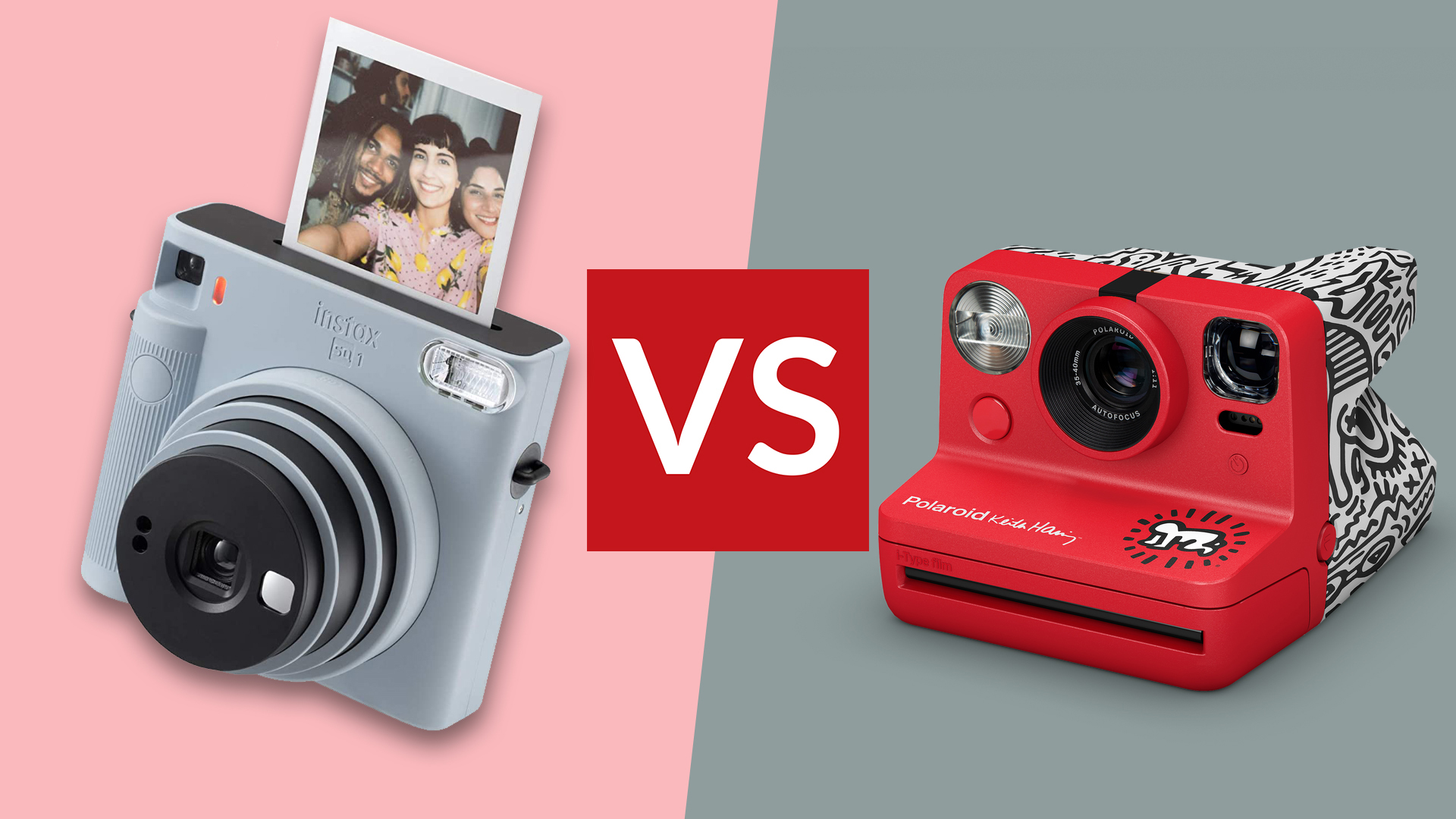
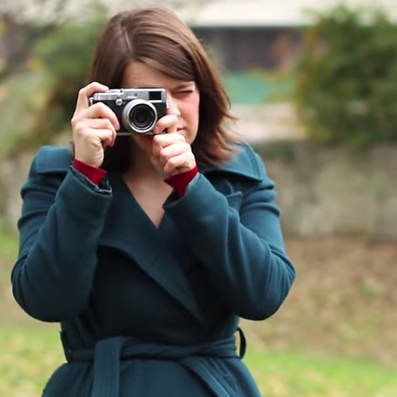
So-called “instant” photography is a great way to give analogue photography a go. It’s fun, convenient and doesn’t require any special skills, or for film to be sent away to be developed, while still leaving you with a physical print to hold in your hands.
The two big brands that make the best instant cameras at the moment are Fujifilm Instax and Polaroid, which offer a number of different cameras or printers to choose from. It can be difficult to know which one to opt for, especially if you’re new to the hobby - that’s where we come in.
In this guide, we’ll look at the different film options, the typical performance of different instant products, the different devices available, and the most cost-effective way of getting into instant photography.
So if you’re not sure where to begin when thinking about Fujifilm Instax vs Polaroid, keep on reading to find out more.
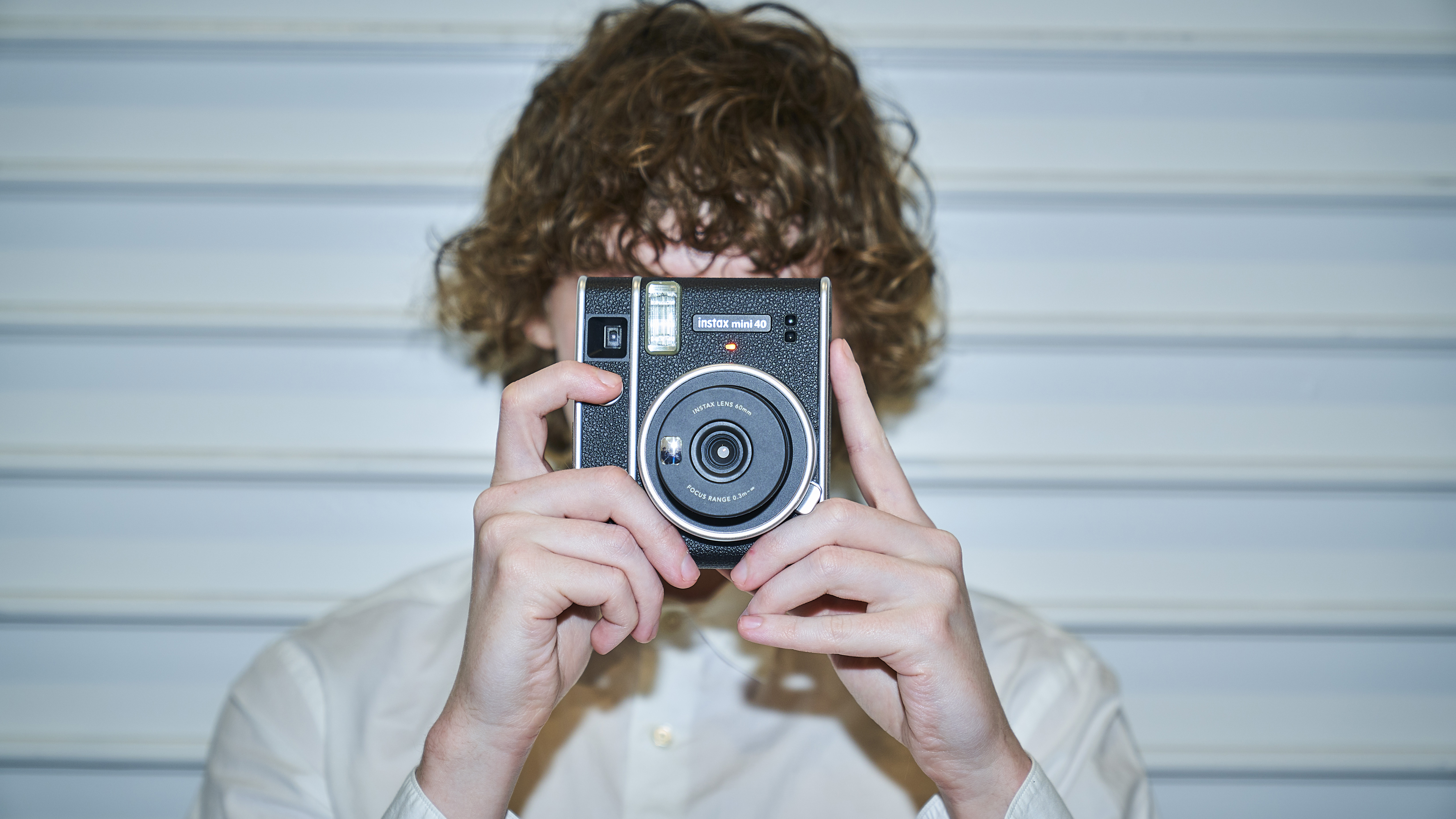
Fujifilm Instax vs Polaroid: Devices
The first thing you’ll be thinking about is the camera and/or printer you’ll be looking to buy for your instant photography.
It’s Fujifilm Instax which has the biggest range and diversity here, with several different types of products, which suit a wider variety of needs. It offers pure analogue cameras, digital/analogue hybrids and printers.
Pure analogue Instax cameras work in a traditional way, giving you the most authentic experience. Digital/analogue hybrids can be a good route into instant photography for those who want a bit more control over exactly what is printed (and therefore keep your film costs to a minimum).
Sign up to the T3 newsletter for smarter living straight to your inbox
Get all the latest news, reviews, deals and buying guides on gorgeous tech, home and active products from the T3 experts
Meanwhile, Instax printers are great for printing off your existing photographs - such as from your smartphone - into handy pocket / wallet-sized prints that you can keep as a memento.
Analogue Instax cameras include the popular Instax mini 9, the Instax mini 11 and the newer Instax Mini 40, which all use the mini format (see next section). There’s also the Instax SQUARE SQ1, and the Instax Wide 300, which use square and wide film, respectively.
Digital / analogue hybrids aren’t quite so numerous. You have the Instax mini Liplay which uses the mini format, and the Instax Square SQ20 in the square format. When it comes to printers, you have the choice of the Instax Mini Link, or the Instax Share SP-3, the latter of which uses the square film format.
When it comes to Polaroid, you have only pure analogue cameras and printers. Those who are looking for a true analogue experience or nostalgia hit will naturally be towards the brand. There are relatively new models such as Polaroid Go and the Polaroid Now. The OneStep+ blends together some new technology - such as Bluetooth connectivity - to help boost creativity. You can also pick up vintage models such as the Polaroid 600 and the Polaroid SX-70.
There is also the Polaroid Lab, which is a way to create prints from your smartphone, but is quite a bulky and expensive option, especially compared to the Instax options.
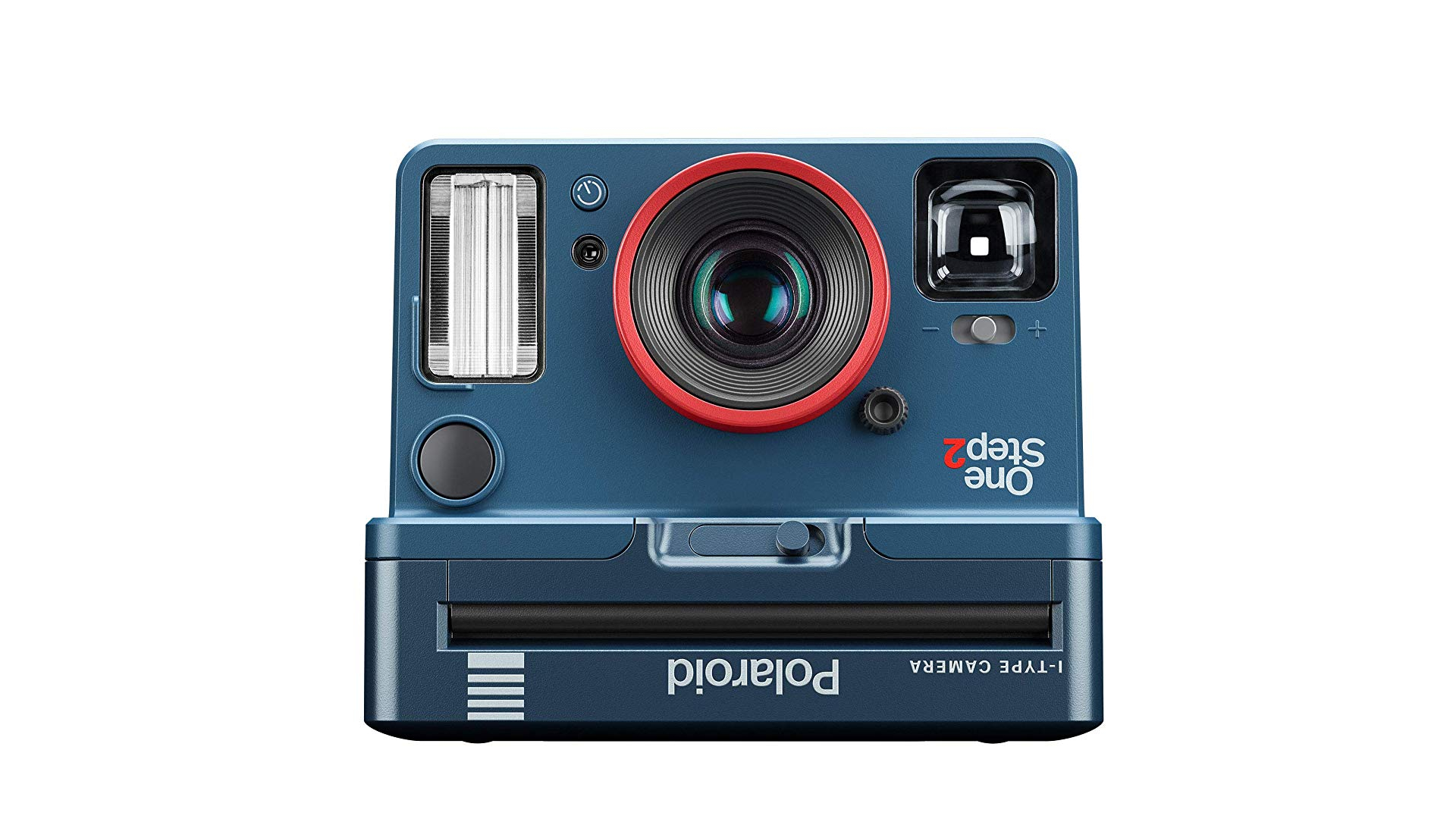
Fujifilm Instax vs Polaroid: Film Sizes
Again, it’s Fujifilm that is the clear winner when it comes to the range and choice of different film sizes for the Instax brand.
There are three sizes - Mini (86 x 53mm, image area 61 x 46mm), Square (86 x 71mm, image area 61 x 61mm) and Wide (86 x 108mm, image area 62 x 99mm). All three offer both colour and monochrome options, while the Mini and Square formats are available with a variety of different border colours and styles, rather than just plain white.
Meanwhile, Polaroid now has two different film sizes. There’s Polaroid Go film (66.6 x 53.9mm, image area 47 x 46mm), which works with Polaroid Go cameras. There’s also i-Type , SX-70 and 600 film, which are all the same size (107 x 88mm, image area 79 x 79mm) but are designed for the different types of Polaroid cameras. Both types are square film, but the Polaroid Go is smaller.
At the moment the Polaroid Go film is only available as colour film, with a white border. There’s much more flexibility with the i-Type, SX-70 and 600 film, which includes options such as Duochrome, Monochrome, and differently coloured / patterned frames.
Fujifilm Instax vs Polaroid: Performance
The problem with assessing the performance of the instant film is that it’s often about personal preference.
These are not cameras/films that you buy when you want predictability, sharpness and uniformity of results. To that end, which you prefer will likely be down to personal preference. It’s worth checking out sample images from the camera/s you’re interested in to see which aesthetic you like the look of before making any decisions.
That said, Instax film tends to be a little more “realistic”, offering sharper or more accurate results than the Polaroid equivalents. That might make it more appealing if you’re looking for something straightforward, as opposed to artistic.
We can also judge each film on how long each takes to develop the shot. Polaroid film generally takes quite a bit longer to show the final image, taking between 15 and 30 minutes, depending on the ambient conditions. By contrast, Instax film is usually fully developed in a much shorter time, around 2-3 minutes. That arguably makes it easier to determine whether you might want to take another Instax shot, compared to the Polaroid option.
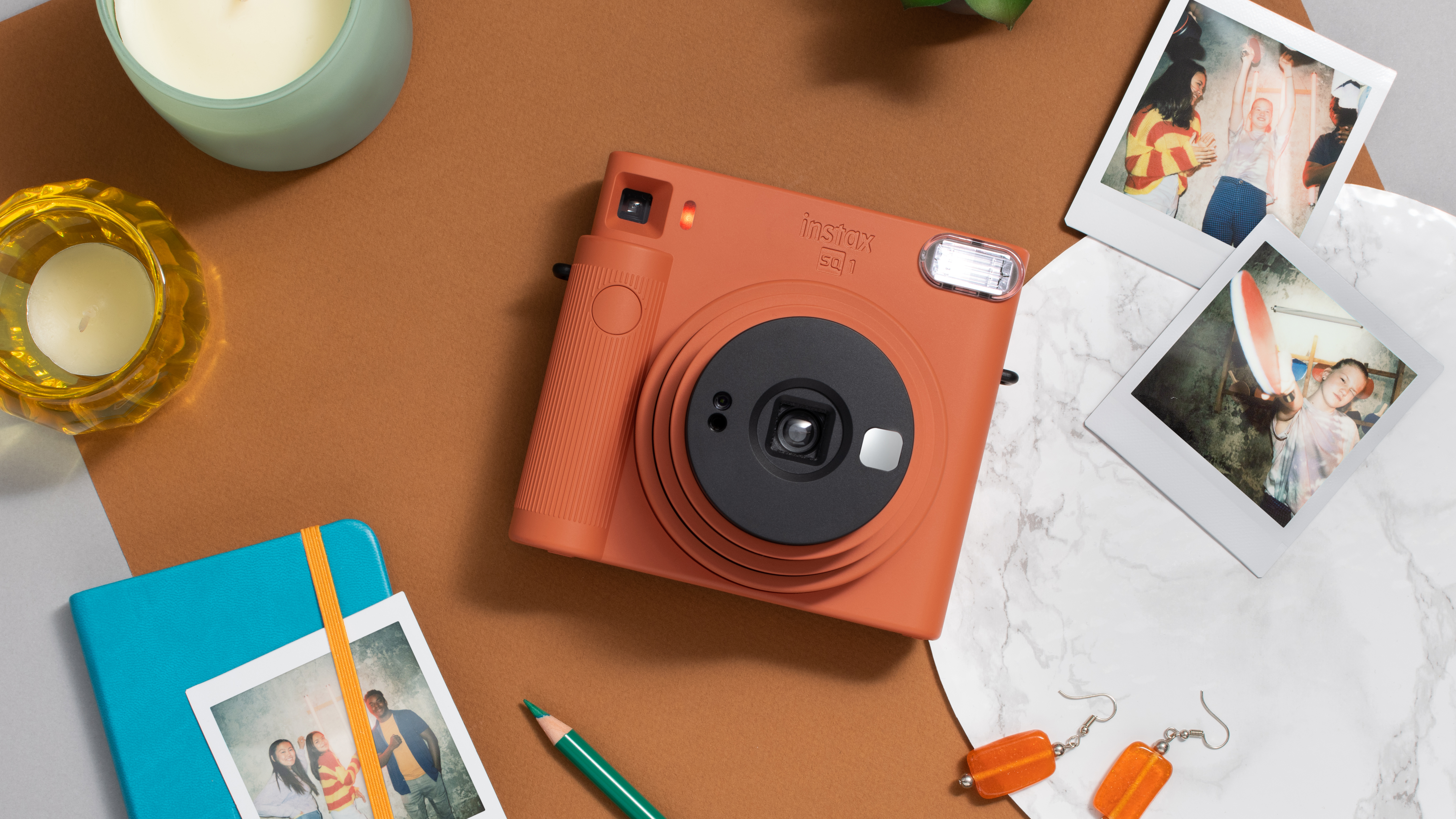
Fujifilm Instax vs Polaroid: Price
If value for money and price is your main concern, then it’ll be Instax that appeals to you the most. Both the cameras and the film packs are on-the-whole cheaper than Polaroid equivalents.
The cost of the film is perhaps a more important consideration, because it will be this that you’ll have to be continually forking out for, long after you’ve paid the bill for the camera.
Prices are changing all the time, but a pack of 20 Instax Mini shots will set you back around £14.99, 20 Instax Square shots costs around £16.98, while a 20 pack of Instax Wide is around £16.99. That gives you a per print price of between 75p and 85p.
Meanwhile, the Polaroid film is much more expensive. A 16 pack of Polaroid Go film currently retails for around £18.99, while an 8 pack of i-Type film will set you back around £14.99. That makes each shot £1.18 / £1.87 respectively.
Fujifilm Instax vs Polaroid: Which is better?
As you’ll have gathered by now, this is a difficult question to answer completely since there are several variables.
However, in terms of value, variety and performance, it’s Instax which wins almost every time. Its cameras are an easily-accessible, fun and not too expensive way to explore the idea of instant photography.
That said, there’s something unique and original about Polaroid too, which perhaps speaks to those with more artistic tendencies, so it’s also worth exploring.
Now, if you're looking for specific model recommendations then you can check out our guide to the best instant cameras.
Liked this?
Amy Davies is a freelance journalist that covers cameras for T3 and many other sites. She is also Features Editor at Amateur Photographer magazine and, when she's not writing about cameras, she's probably taking pictures of her cute dog.

